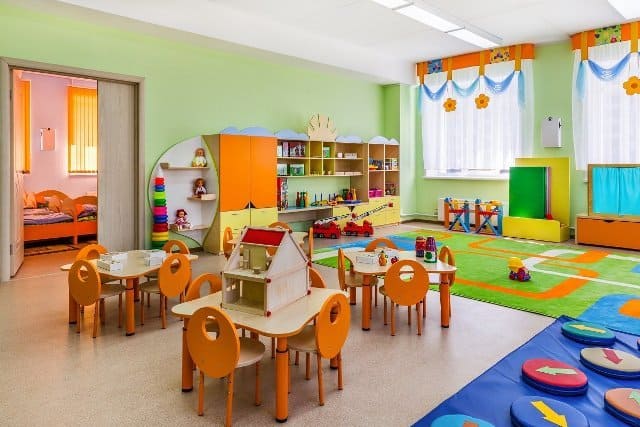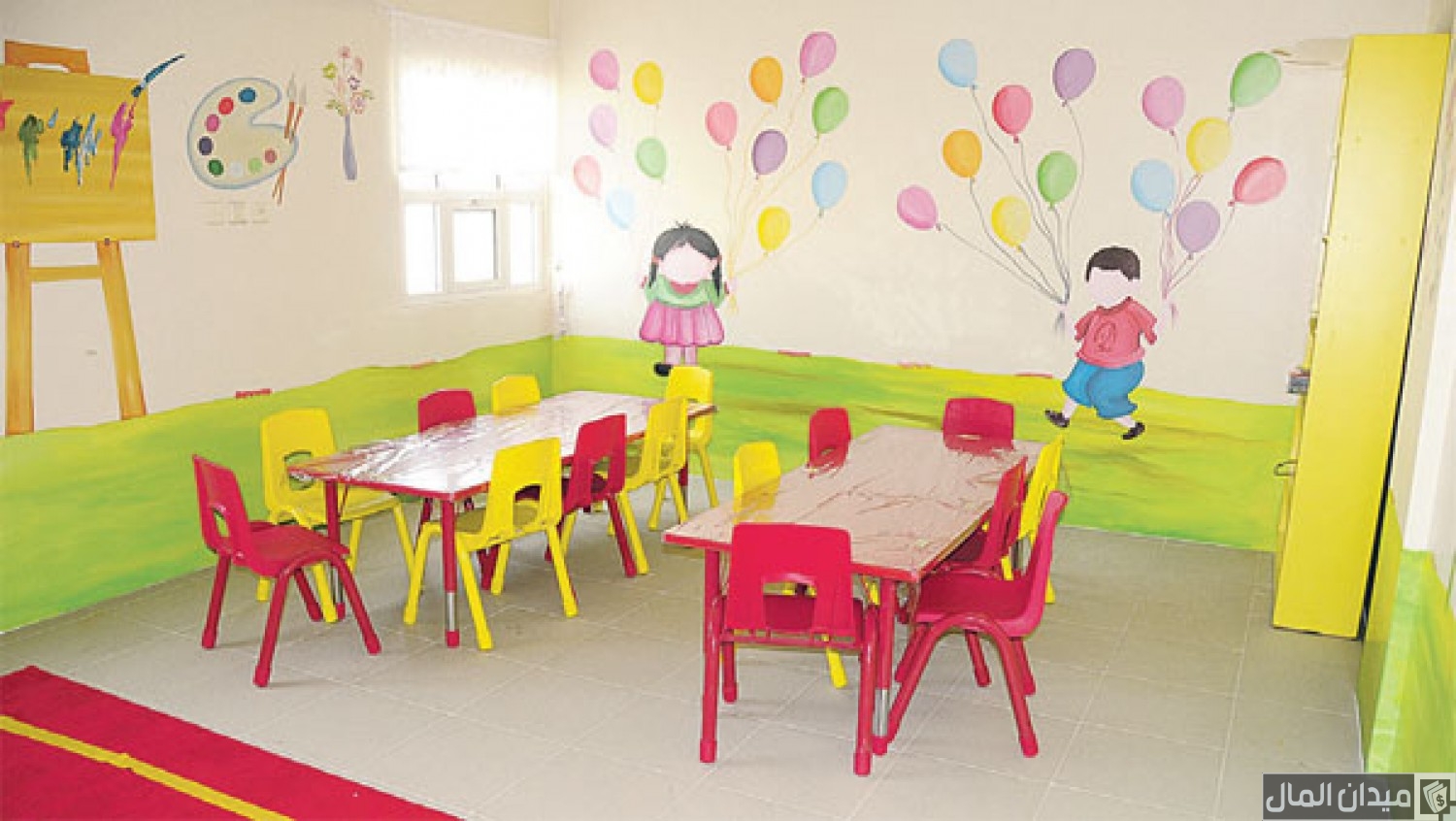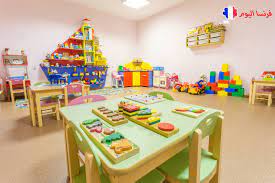The feasibility study for a kindergarten project aims to analyze the economic and operational feasibility of establishing a specialized kindergarten that provides educational and care services for children aged 3 to 6 years. The study begins by selecting a strategic location in a safe, densely populated residential area to ensure easy access and increased demand for the kindergarten’s services. The study includes an analysis of the local market to assess the level of competition and develop effective marketing strategies and attractive pricing plans aimed at attracting parents and motivating them to enroll their children. It also includes estimating the financial costs of the project, starting with rental expenses and basic equipment such as educational furniture and facilities, all the way to salaries and operating expenses. The study focuses on designing integrated educational programs that support children’s mental and social development, while selecting a qualified teaching team trained in the latest interactive education methods.

A kindergarten project is a promising investment in the education sector, as its success largely depends on the preparation of a comprehensive and accurate kindergarten feasibility study. The project aims to meet the needs of families seeking distinguished early education for their children by offering advanced educational curricula that focus on learning through play, teaching values and principles, and developing creativity and innovation in children. The children’s education is supervised by a specialized team of experienced teachers, ensuring comprehensive care and sound guidance for each child. It is worth noting that the kindergarten features an attractive design and spacious areas that allow children freedom of movement and play in a healthy and safe environment. It includes modern equipment and interactive educational tools that support the learning process. It is also worth noting that the kindergarten pays special attention to developing language and communication skills through group activities and interactive conversations, in addition to offering support programs for children with special needs to achieve inclusive education. It is perhaps necessary to emphasize the project’s endeavor to provide an integrated educational experience that successfully prepares children for primary school and fosters a love of learning and exploration from an early age. There is no doubt that investing in this project is worthwhile and beneficial to the family and society.



A safe and stimulating educational environment for learning and discovery.
Advanced educational curricula that foster creative thinking.
Qualified teaching staff with experience in working with children.
Development of social and emotional skills through group activities.
A variety of activities: movement, art, music, and educational trips.
Support programs for children with special needs.
Using technology in education to enhance thinking and innovation.
Providing children with balanced, healthy nutrition.
Continuous communication with parents to monitor their children’s progress.
Attractive facility design and spacious, safe play areas.
Executive summary
Study project services/products
Market Size Analysis
Risk Assessment
Technical study
Financial study
Organizational and administrative study

The Education Sector in the GCC Countries
Believing in the importance of the education sector and its role in promoting the localization of the national workforce, Mashroo3k for Economic Consultancy and Market Research is pleased to present the following key indicators of the education sector in the Gulf Cooperation Council (GCC) countries, inviting investment in this vital field:
The total number of students in Early Childhood Development (including nurseries and kindergartens) across the GCC reached approximately 851,500 students, according to the latest available statistics.
The number of students enrolled in school education stages across the GCC is estimated at around 9.3 million students (79.4% in the public sector and 20.6% in the private sector).
The number of learners in adult education centers is estimated at 181,247 students.
The number of students enrolled in higher education institutions stands at 2,206,446 students.
The number of early childhood teachers is approximately 50,647.
The number of school education teachers is estimated at around 727,904.
There are 5,806 operational early childhood education institutions.
There are 32,310 operational school education institutions.
Over the past years, GCC governments have actively sought to bridge the gap between education and the labor market by adopting educational curricula that emphasize vocational and technical education and encourage learning through modern technologies and digital platforms. It is also worth noting the increasing investment in education quality across the six countries to produce graduates who meet the private sector’s workforce requirements.
According to the latest statistics:
Saudi Arabia allocates 18.9% of its budget to education.
The UAE allocates 14.8% of its budget to education.
Oman allocates 12.2% of its budget to education.
Bahrain allocates 9.8% of its budget to education.
Kuwait allocates 12.3% of its budget to education.
Qatar allocates 10.5% of its budget to education.
By 2023, the value of the private education market in the GCC is expected to reach USD 26.2 billion.
The Global Education Sector
The global education services market was valued at approximately USD 2,882.52 billion by the end of 2021. Experts project that the market will reach USD 3,191.79 billion by the end of 2022, achieving a compound annual growth rate (CAGR) of 10.7%. Furthermore, by 2026, the market value is expected to rise to USD 4,623.90 billion, reflecting a CAGR of 9.7% over the forecast period.

Investment in the Saudi private education sector grew by 3% in 2016, rising to 15.5% compared to 12.5% in 2015. Investment in the private education sector has increased over the past five years, reaching approximately 10 billion riyals.